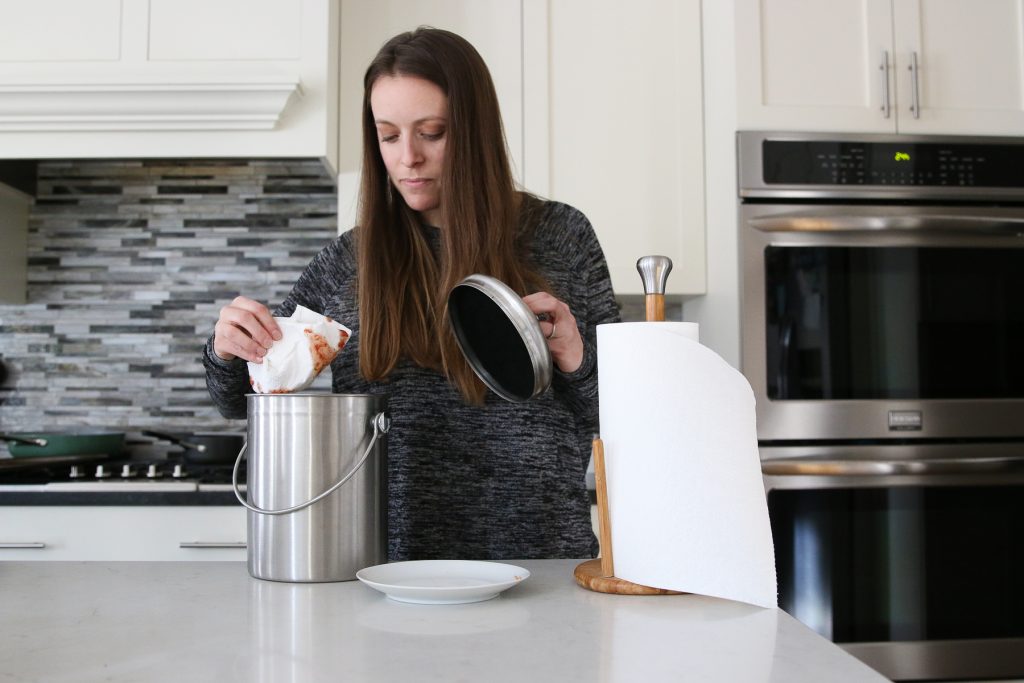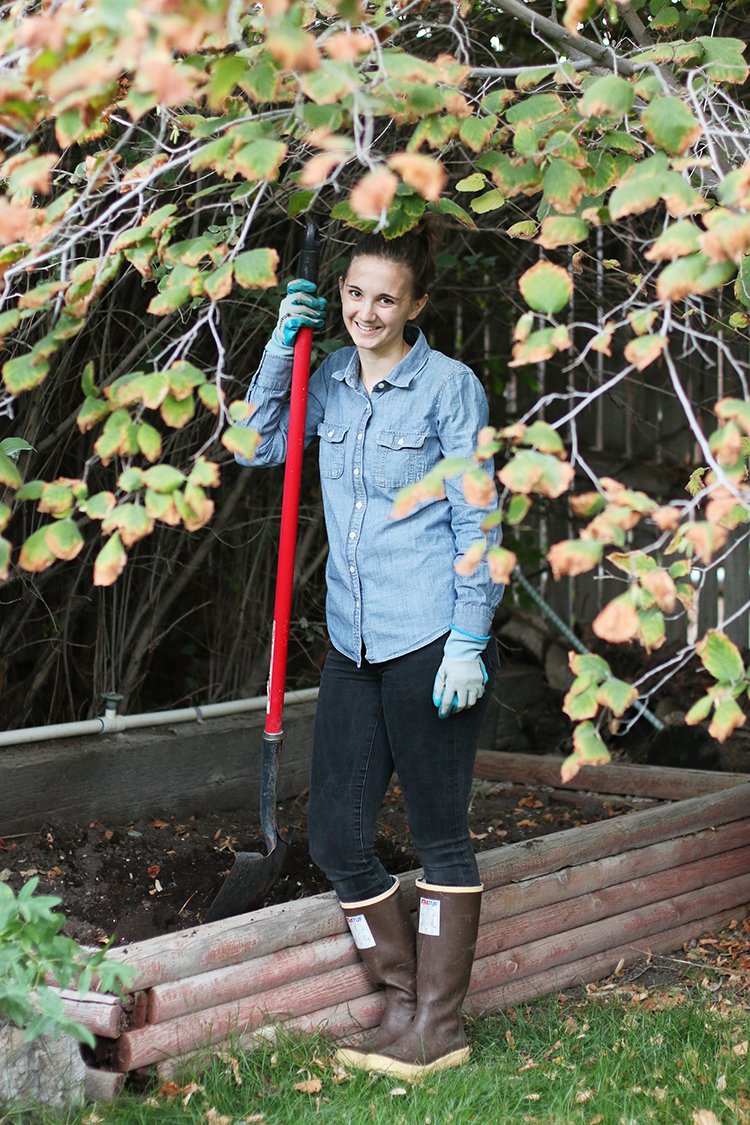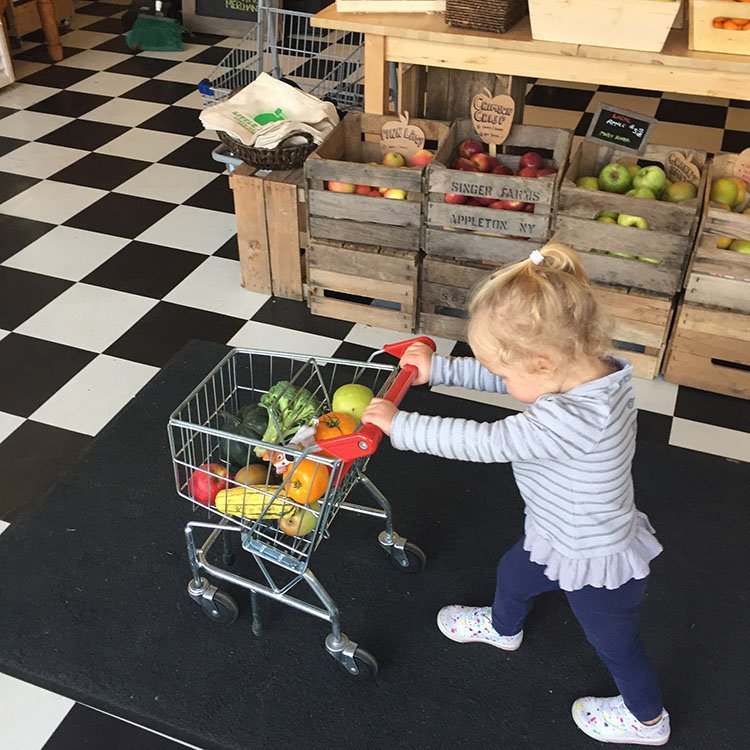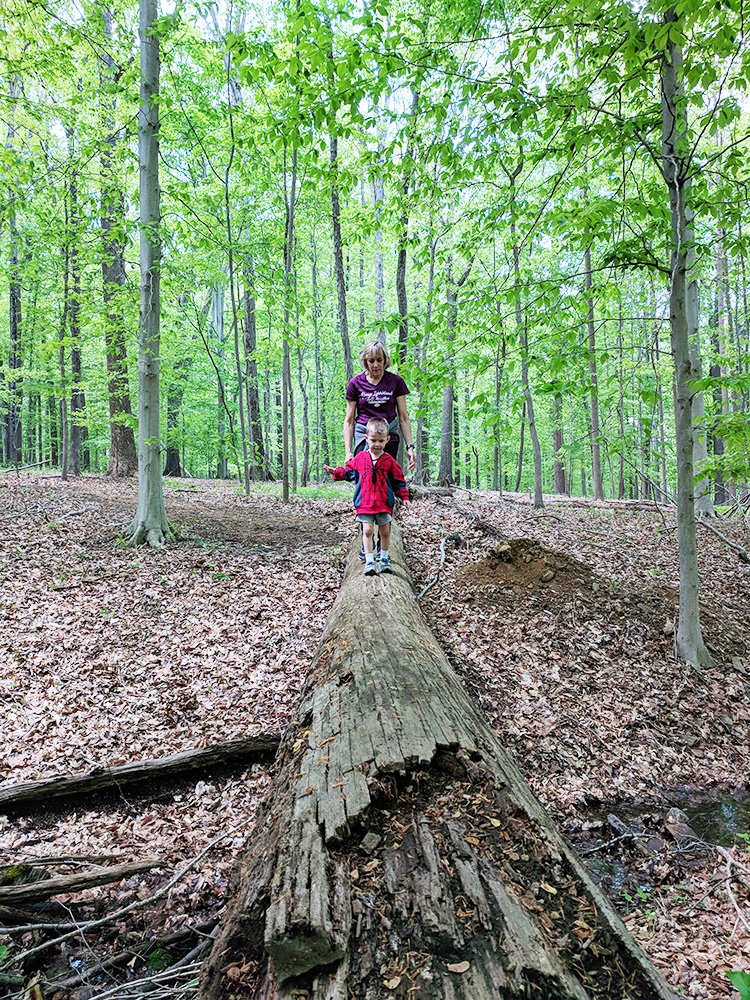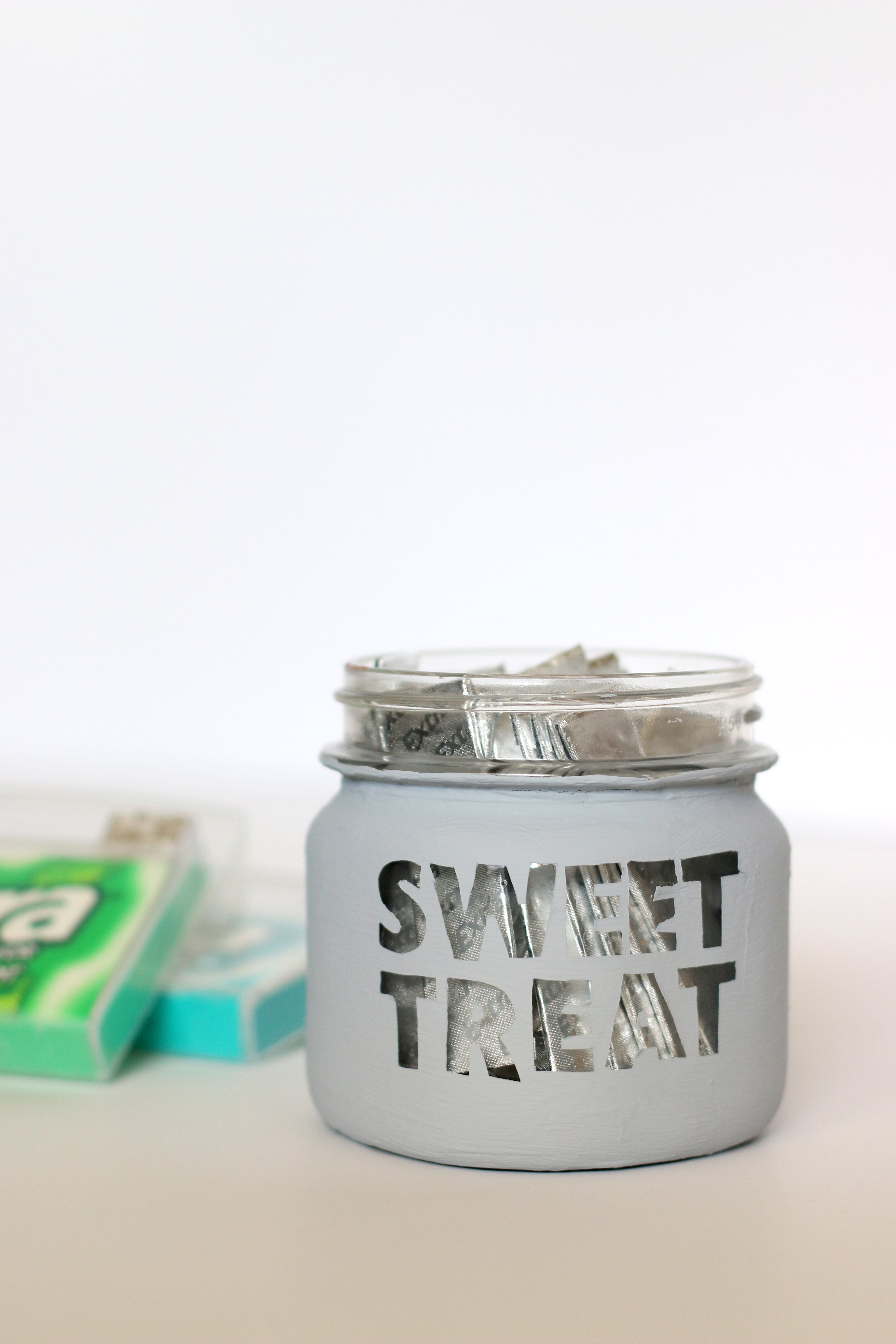How Our Fall Garden Became Our Spring Garden
Growing our own food can be one big experiment as long as we don’t take it too seriously and let it fit into our lives when it makes sense. Read on for how our fall garden last year ended up becoming our spring garden this year as well as a few details about our beloved seed company and the very BEST tool for starting seeds at home!
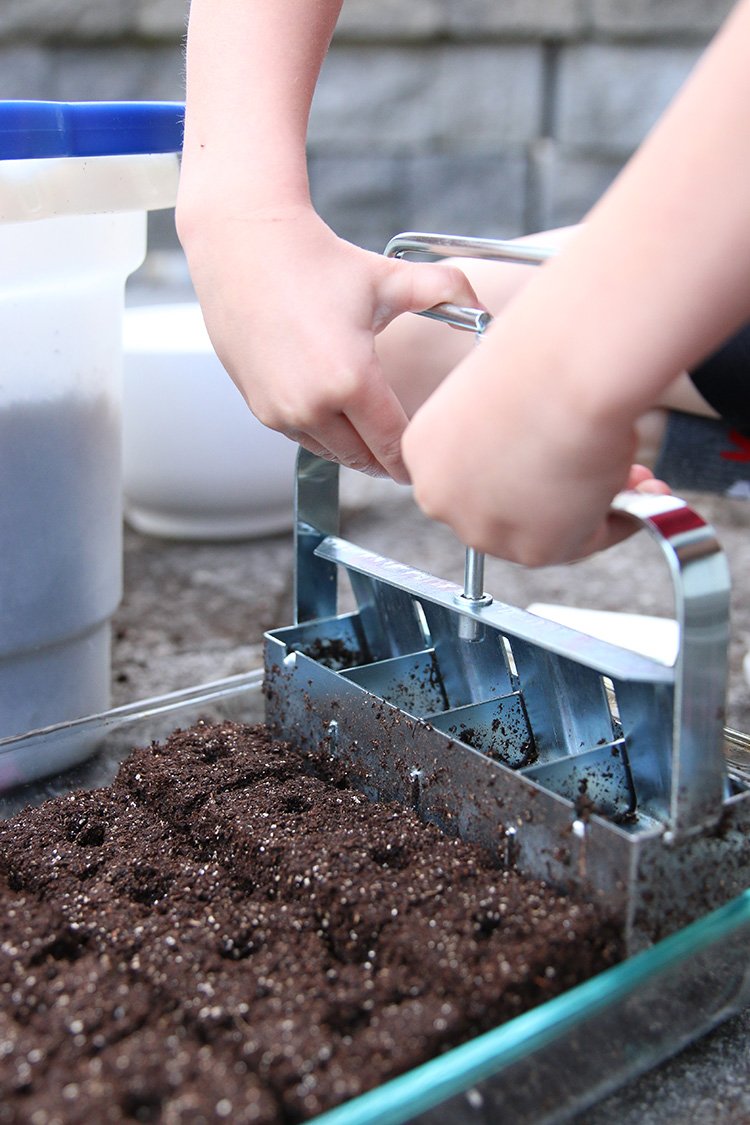
Last spring, as I planned my garden, I felt mildly overwhelmed at the prospect of planning and caring for so much space. Our garden is fairly large, and (let’s be honest), I don’t really know what I’m doing. It’s all an experiment, and I learn as I go.
Many gardening books, websites, and other resources praise hardy cool weather crops like spinach and beans that are perfect for planting in the late summer and early fall. Who wouldn’t want another round of homegrown nutritious deliciousness after the first round of vegetables have been picked and enjoyed?
Not me. I had enough on my plate. I was sure I would only plant and harvest one round of crops. As a very novice gardener, a fall season of gardening felt way out of my league.
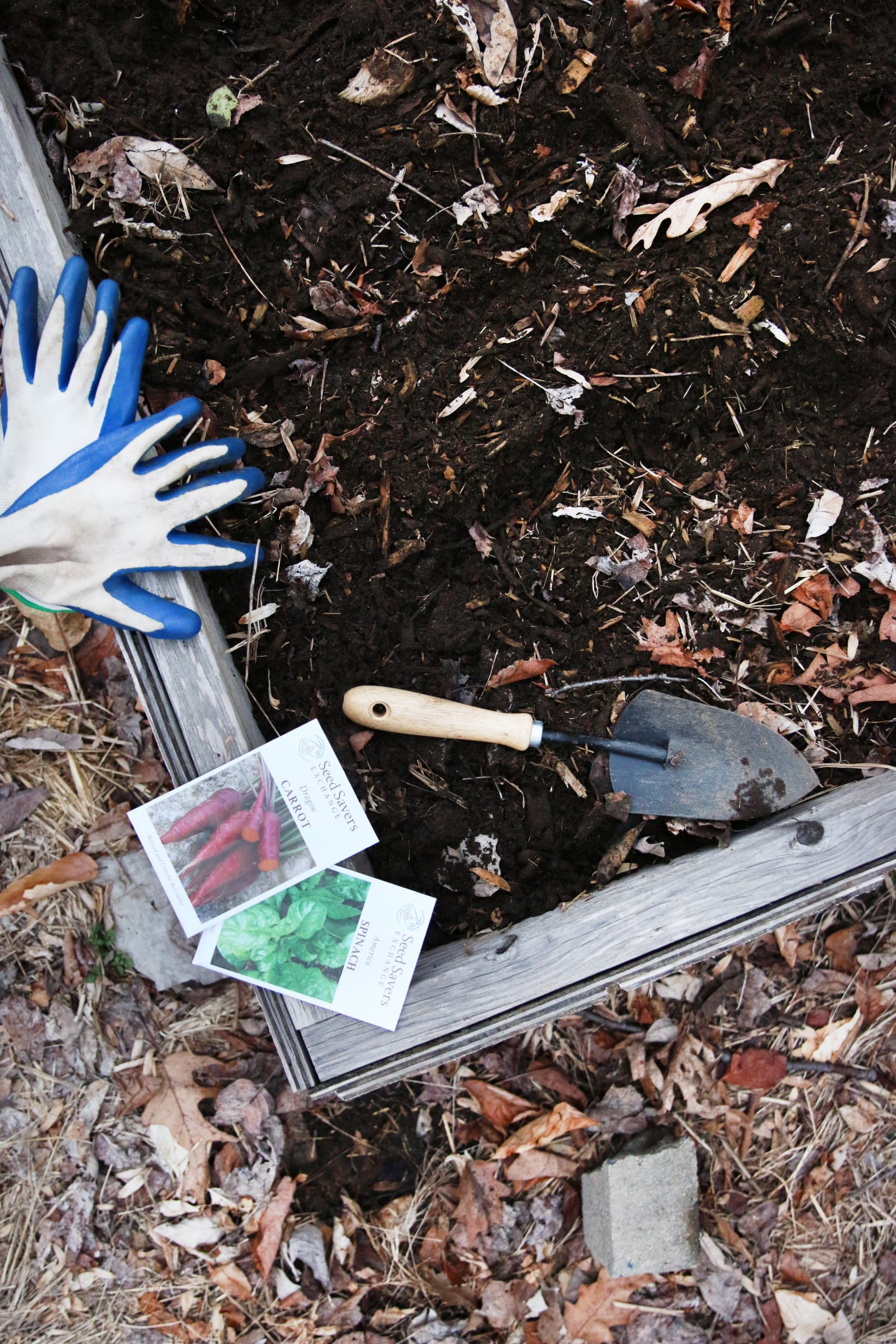
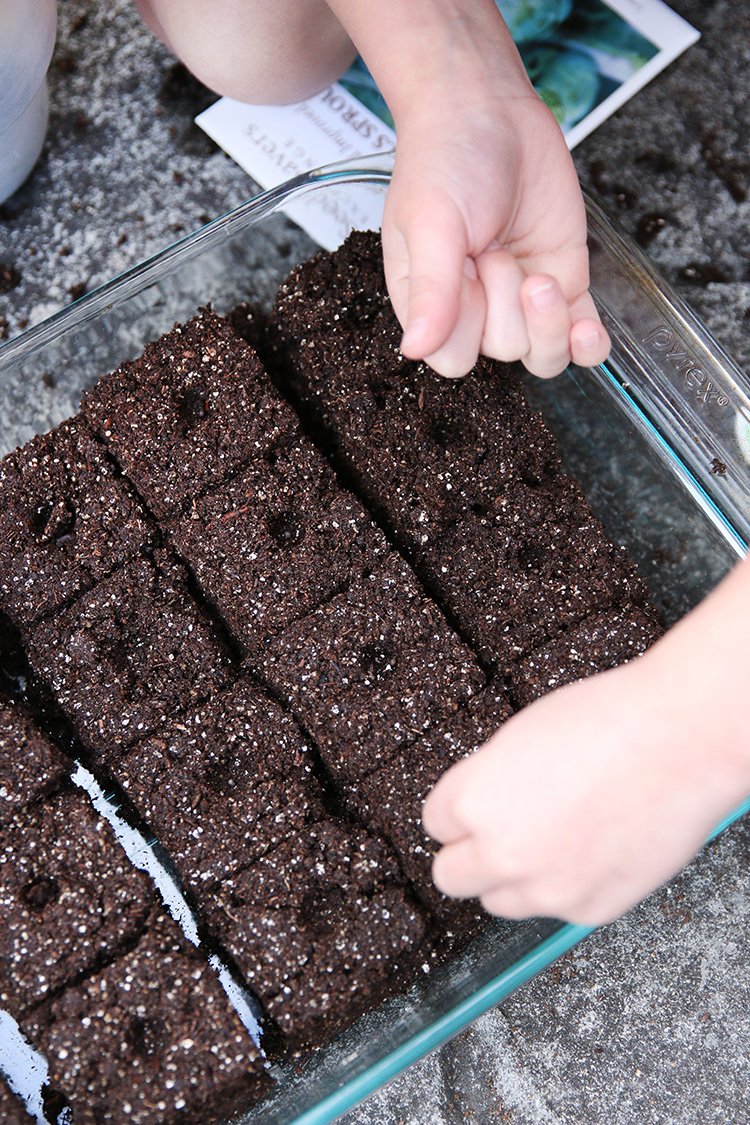
Fast forward four months…
As the last of the zucchini sprouted and I picked nearly all of the remaining cucumbers, I realized just how much empty space I would have when I pulled up the squash and cucumber vines. I know that bare soil is a bit of a bummer for soil health and all the organisms that make a home it in. In the heat of the sweaty summer, I totally felt in a garden groove and decided to press my luck with a second round of vegetables.
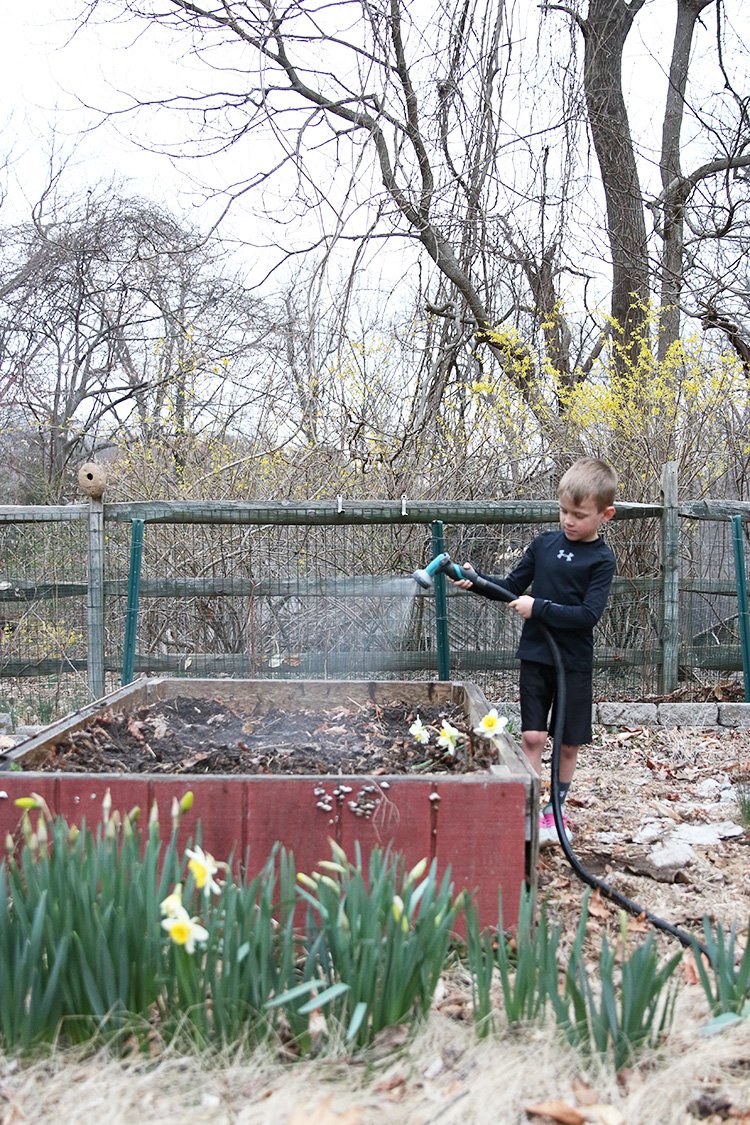
I planted a couple of dozen extra green bean seeds around mid-July where the squash and eggplant plants never came to fruition. Beans return nitrogen to soil that’s been depleted, so the beans felt as much like an experiment in late season gardening as a benefit to soil regeneration. I had nothing to lose.
The bounty of beans from this planting gave me a boost of confidence that a second set of beans might flourish. And somehow those little bean seeds buried in the warm summer soil gave me just the push I needed to order a few extra seed packets from Seed Savers Exchange for vegetables that grow well in cooler weather.
Much to my own surprise, I thought I would take a crack at a fall garden.
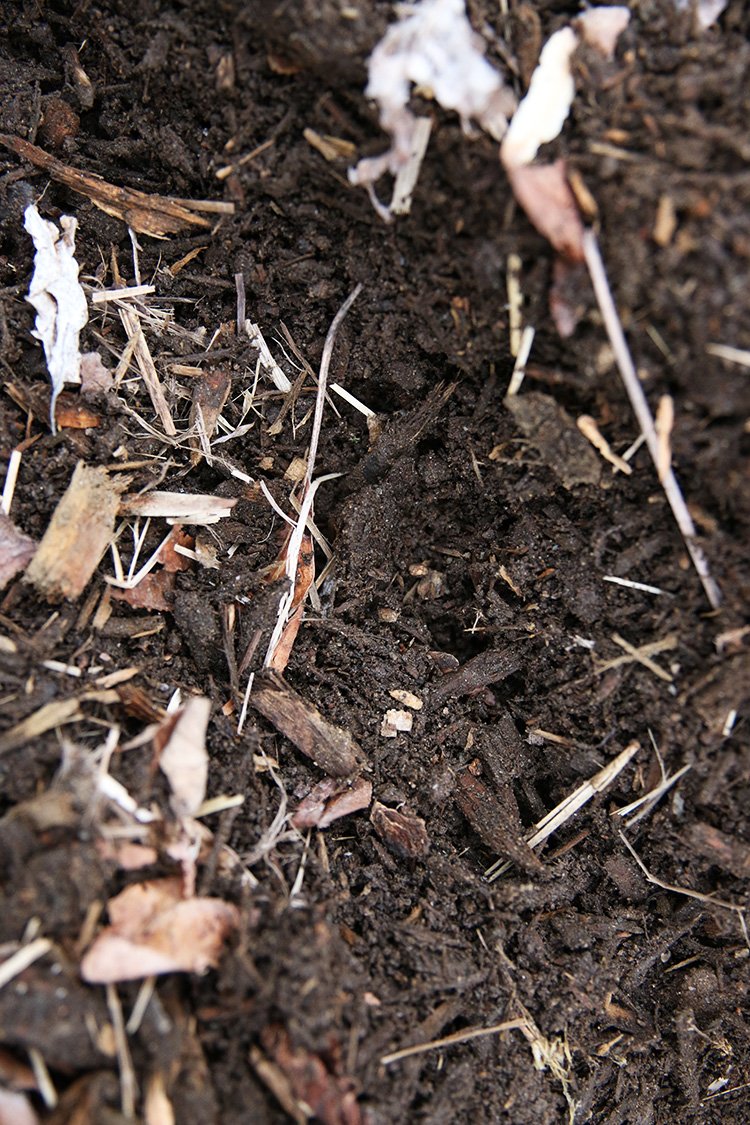
Protecting Biodiversity With Seed Savers Exchange
As an aside, I ordered the seeds from a nonprofit organization called Seed Savers Exchange. This company collects and sells heirloom seeds from around the country to help increase the biodiversity of our vegetation.
Biodiversity is integral to ensuring healthy crops each year that don’t fall victim to one particular disease or insect invasion all at once. However, we have seen a steep decline in biodiversity in recent decades due to monocultures and certain commercial agriculture practices.
Supporting biodiversity in our food supply and in nature, in general, is a really important element of sustainability for a variety of complex reasons. I’m not an expert in this space and have a lot to learn in this capacity.
Nonetheless, if you’re looking to purchase seeds for this upcoming season, I definitely recommend checking out Seed Savers Exchange. They have lots of interesting vegetables, flowers, herbs, and even a few fruit trees to try out in your garden
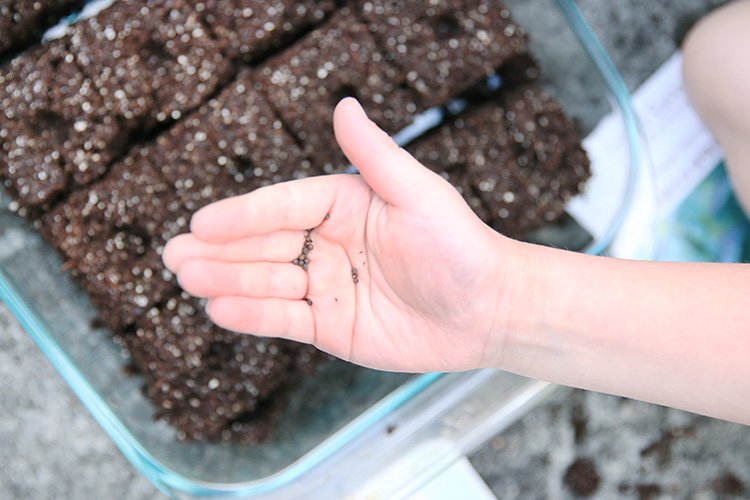
At the end of the summer, while relishing in the fruits of my garden labor and relying on summer squash as my primary sustenance for days on end, I mustered up the courage to toil in the soil for another three months.
I bought seeds for brussel sprouts, cauliflower, purple pole beans, spinach, and carrots. Seeds aren’t all that expensive, so I thought it was worth a shot. Maybe I could learn a bunch about cool weather gardening in yet another experiment with growing our own food?
And then I never planted them…
I had all sorts of great ambitions to plant a fall harvest of colder weather crops. Who knows if I actually would have followed through, but life in my corporate job got turned upside overnight (literally). In the course of a day or two (while I was on vacation in California no less), my life entered a season of conference calls and technical memos and lots and lots and lots of emails.
Time spent in my garden cooled off faster than the weather, and I packed away the Seed Savers Exchange seeds in a jar in my fridge with hopes that they would survive until next season.
Fast forward another six months…
Last week, with all sorts of coronavirus time on my hands, I ordered this soil block “thingy” (a.k.a a soil blocker) and pulled out last fall’s seeds from the fridge. I had no idea if they survived the winter or their hibernation in the back of my refrigerator, but it was time for another experiment (or two).
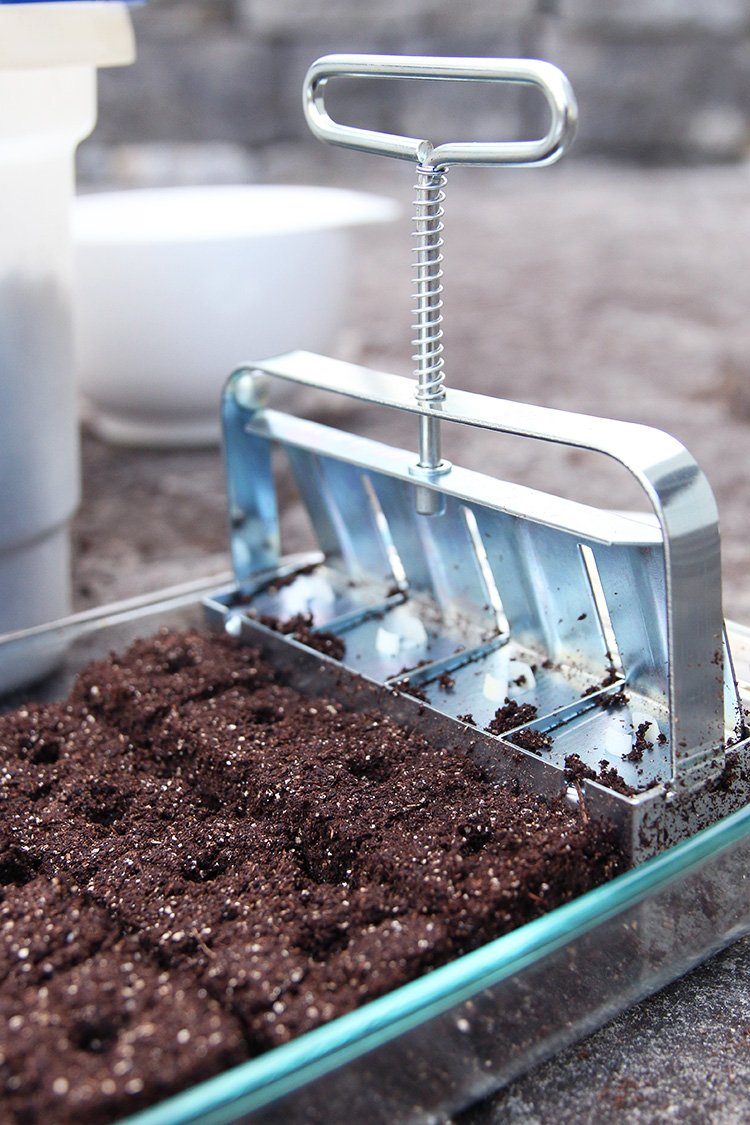
The Best Tool For Starting Seeds At Home
My boys helped me create soil blocks with this nifty soil blocker tool. I love that we can use any sort of flat surface with edges that we already have (or that we can find in a thrift shop) and it creates zero waste! Even better, you pour water around the soil blocks so the water is absorbed from the bottom up and encourages deep root growth without washing your seeds into oblivion. It’s seriously the best!
In baking dishes from my kitchen cabinets, we planted cauliflower and brussel sprout seeds to start indoors. I also planted carrots and spinach seeds directly in the soil in one of the raised beds in our garden. We have a plethora of lovely but hungry birds who visit our garden each morning, so I never really know which seeds will survive their breakfast.
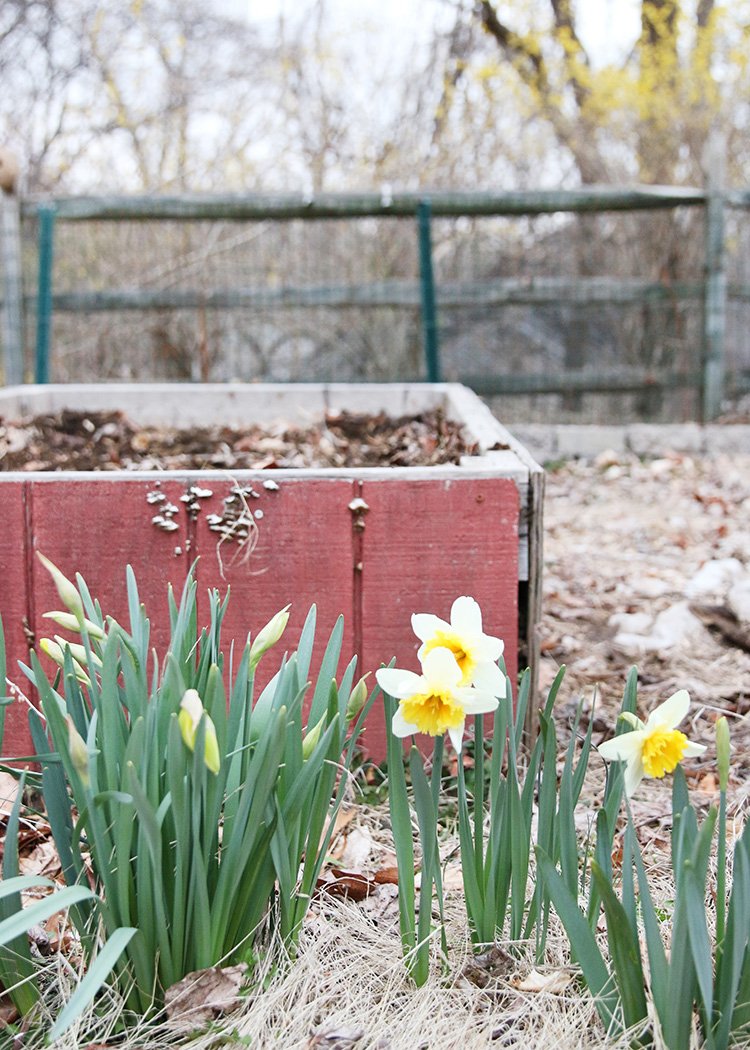
It’s been a few days since we planted our seeds. The indoor seedlings are growing like crazy, and I’m hoping they’ll continue to be strong despite the lack of sunlight in most of our house.
I haven’t seen a single sprout from the outdoor seeds yet. Hopefully, that’s due to the cooler temperatures and not a result of the chirping blue jay family finding a bumper crop of breakfast seeds earlier this week. Only time shall tell.
The boys turned our indoor seedling trays into a science experiment, and I’ll share more about that soon (after they’ve gathered some data). For now, it’s a game of “wait and see” about our spring harvest and whether or not we’ll get to eat any of it.
Have you planted anything yet or started seeds indoors? What’s on your garden menu this year?

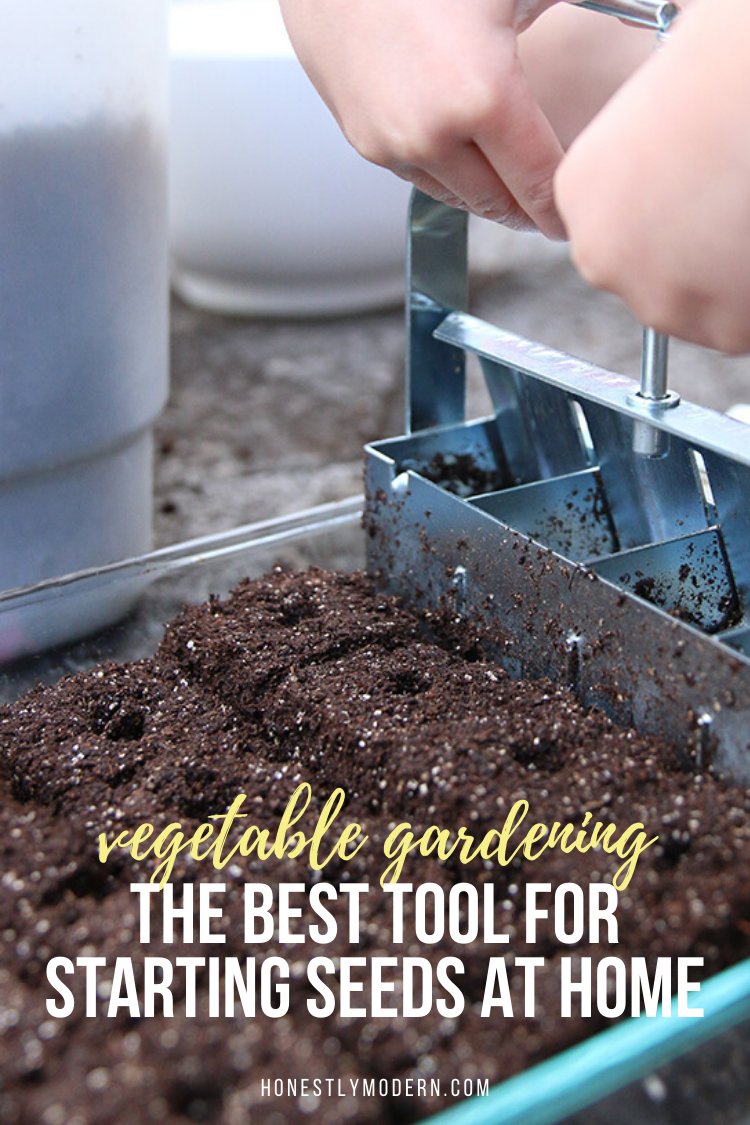

![Green Banking Alternative | Comprehensive Aspiration Review From A Current Customer [2021]](https://www.honestlymodern.com/wp-content/uploads/2021/05/Aspiration-Green-Financial-Services-1.jpg)
